The Khangchendzonga National Park (KNP), also popularly known as Kanchenjunga national park, is a UNESCO World Heritage Site. It is tucked away within the tiny Himalayan state of Sikkim. This high-altitude national park, which originally had an extent of 850 square km but subsequently expanded to 1,784 square km, stretches from the freezing desert of Lhonak valley via the hills of Lachen in north Sikkim to the ancient town of Yuksom in west Sikkim. It will be fascinating to know that a little more than 25% of the state's overall geographic area is reportedly covered by KNP. Moreover, part of the park's western border is the international boundary between India and Nepal.
The Kanchenjunga National Park (KNP) is made up of glaciers, lakes, steep-sided valleys, flat regions, and the third-highest peak in the world, Mt. Kanchenjunga, and its neighbouring summits. KNP is recognised as a significant biodiversity hotspot because of its ecology, which ranges from subtropical to alpine.
The peak Khangchendzonga, which has a religious meaning and is thus highly respected by the locals, gave Sikkim's national park its name. In addition to being a national park, it is also a biosphere reserve. Let's dive into more information to know whether it will be a worthwhile tour of Kanchenjunga National Park.
What are the Things To Do At The Khangchendzonga National Park?
There are many things to be discovered at The Khangchendzonga National Park if you wish to explore its flora, fauna and biodiversity. If you enjoy exploring new places, you can go hiking through beautiful pathways where you can see lovely rhododendron trees, the gushing water of Samiti Lake, and more.
Discover Goechala
Goechala, one of the highest mountain passes in the Himalayas at 4947 metres, is a well-liked trail for visitors to Sikkim. The route's starting point is Yuksom, which serves as the base. With its stunning rhododendron trees, peaceful summits, and Samiti Lake's swirling and flowing water, the journey is renowned for being a visual treat.
Lake Khecheopalri
This lake in West Sikkim, about 150 kilometres from Gangtok, is significant to Buddhists and Hindus, and hundreds of pilgrims visit here yearly for the religious festivals of Maghe Purne (March) and Chho-tsho (October). Don't miss seeing this Buddhist pagoda next to the well-known Khecheopalri Lake.
Valley of Yuksom
It is a tranquil, calm community near the summit of Khangchendzonga National Park. It is adored by pilgrims and visitors alike. February through November is the ideal season to visit. The town is just an hour's hike from Dubdi Monastery, one of the oldest Sikkim monasteries.
Dubdi Monastery
One of Sikkim's oldest monasteries, Dubdi Monastery, also known as Yukasom Monastery, is a two-story building that is located 2100 metres above sea level. The monastery is encircled on all sides by towering trees. There are several sculptures, books, and documents belonging to lamas. This monastery provides magnificent vistas of lush landscapes and snow-capped mountains. Moreover, the distance of the monastery from the location of Kanchenjunga National park is just 34 km. So definitely take advantage of this serene place on Kanchenjunga National park tour.
Nature of Khangchendzonga National Park's Flora & Fauna
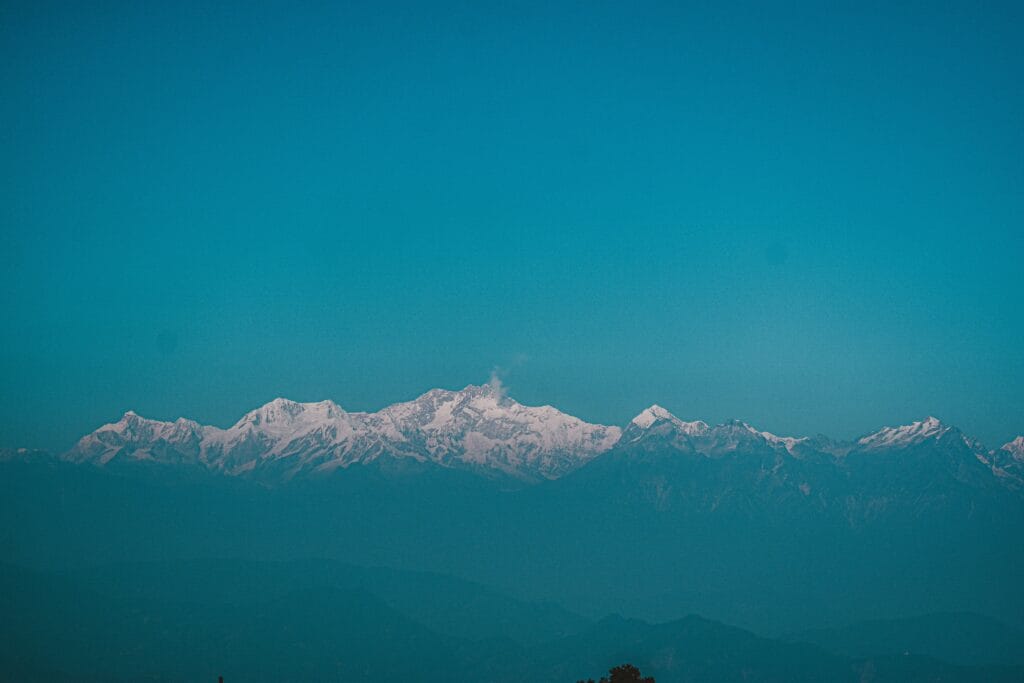
Khangchendzonga National Park, which was founded in 1977 and covers an area of 1750 sq km, has the benefit of being situated in a remote section of Sikkim. As a result, it is a pristine habitat for medicinal plants, vegetation and animals and a treat for tourists.
Flora
Because of its climate, the reserve's woodland is very diverse. Alpine scrub, mixed coniferous forest, temperate broad-leaved trees, and many more types of vegetation can be found in the park. The most prevalent species in the forest are the birch, conifer, fir, maple, oak, and willow. 1/3 of India's blooming species, including rhododendrons, rare orchids, and primula, can be easily found in the Khangchendzonga National Park. Picrorhiza and rheum emodi are two of the 422 species of herbal and medicinal plants that are widespread and accessible in the region.
Fauna
Six superb cat species can be found in the Khangchendzonga National Park (Snow leopard, clouded leopard, Jungle cat, Golden Cat, Leopard, and Leopard Cat). Red pandas, Himalayan blue sheep, black bears, civets, barking deer, Marmont monkey, Himalayan yak, Himalayan tahr, and snow leopard are some examples of endangered species which have their habitat here. These are difficult to see, but if you are fortunate, there is a good chance that you may get a glimpse of them. The region is home to various poisonous snakes, including rat snakes and Russell's viper.
Aviflora
The Kanchenjunga Biosphere Reserve is home to over 550 different bird species, and in 2016 a new species of Himalayan Forest thrush known as Zoothera salimalii was discovered. Sunbird, Himalayan Bearded-Vulture, Forest Eagle-Owl, Tibetan Horned or Eagle-Owl, Himalayan Golden Eagle, Satyr Tragopan, Lammergeier, Himalayan Monal Pheasant, Tibetan Snow Cock, and Black Eagle are some of the most significant birds found here.
The famous jeep safari of Kanchenjunga National Park
While in Sikkim, one cannot miss going on a spellbinding wildlife jeep safari at Kanchenjunga National Park. This Wildlife jeep safari will get you closer to the park's breathtaking aspects of the natural world. You will get the opportunity to discover stunning, one-of-a-kind animals, flowers and vegetation that will make your heart skip a beat. The most crucial thing to do is to ensure you have all of the essential items with you and plan the trip well in advance. Be careful to get the appropriate licences in order to access restricted areas, regardless of whether or not you are an Indian.
How to Reach Breathtaking Kanchenjunga National Park?
After knowing these wonderful things about Kanchenjunga National Park, you must be thinking 'how to reach Kanchenjunga National Park.'
Via Air
The closest airport to Gangtok, the capital of Sikkim, is Bagdogra Airport in Darjeeling, West Bengal, which is 122 kilometres away. Additionally, the Khangchendzonga National Park is 45.9 km away from Gangtok. From the Bagdogra Airport, you can also drive directly to the park; a cab may run you between INR 3500 and INR 4000.
Through Rail
The Siliguri Junction in New Jalpaiguri, which is around 120 km from Gangtok and is connected to other major towns in the nation, including Delhi, Kolkata, and Guwahati, is the closest railhead to the Khangchendzonga National Park. It would only take five hours to go by bus from Siliguri to Yuksom. About 170 kilometres separate New Jalpaiguri from Yoksam.
Via Road
The National Highway 31A, a 92 km route from Sevok in Darjeeling to Gangtok, is the closest highway to Khangchendzonga National Park in Sikkim. And it's only 45.9 kilometres from Gangtok to Khangchendzonga National Park. Yuksom in the west and Chungthang in the north are the closest towns. Gangtok is the city that is closest to Kanchenjunga National Park. Regular bus services run between Gangtok and Bagdogra (a 4 hours ride).
The Kanchenjunga National Park borders the Kanchenjunga Conservation Area in Nepal, and the Qomolangma National Nature Preserve in Tibet. In the national park, there are a lot of glaciers, with the Zemu glacier being the largest and having an extravagant length of 26 kilometres.
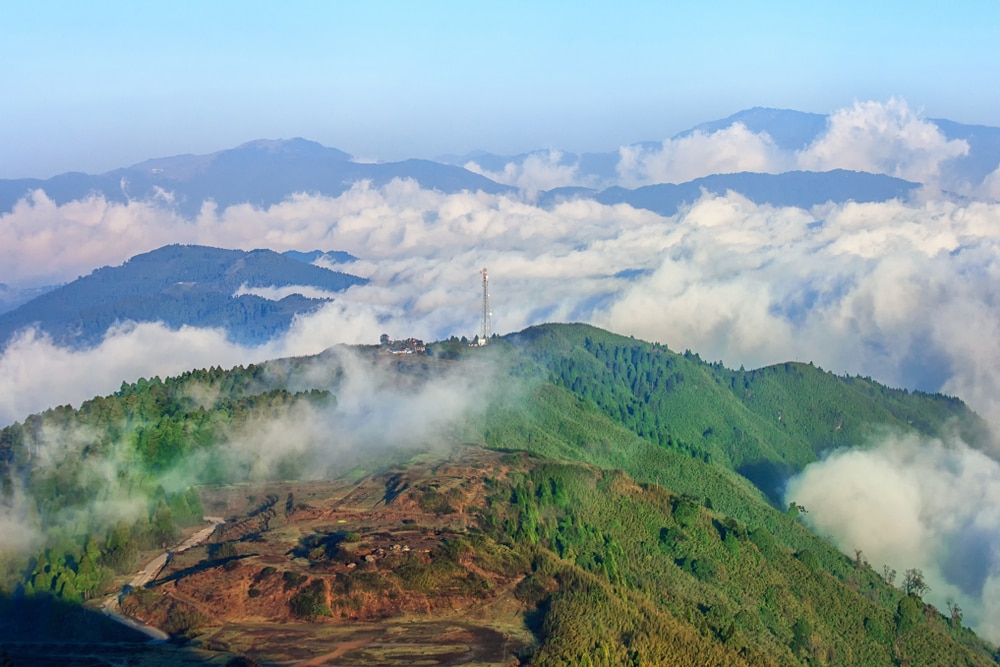
This park located in the stunning state of Sikkim is spread out across an enormous region and is home to the majority of indigenous and rare species of flora and wildlife, such as the Himalayan Tahr and the Snow Leopard.
Tourists can simultaneously take in the vista of the 19 Himalayan peaks, including Khangchendzonga, at Kanchenjunga National Park (Kanchenjunga). So hurry and book your Sikkim holiday packages and Kanchenjunga National Park tour because it is definitely a YAY!











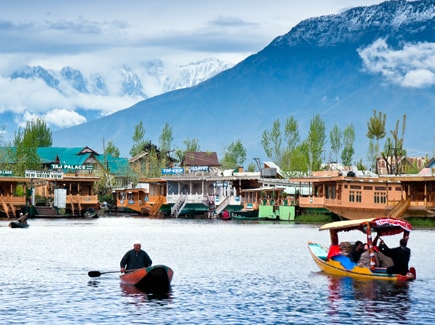
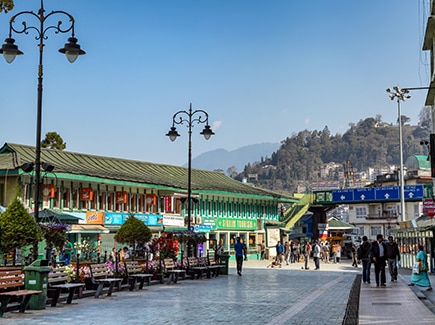
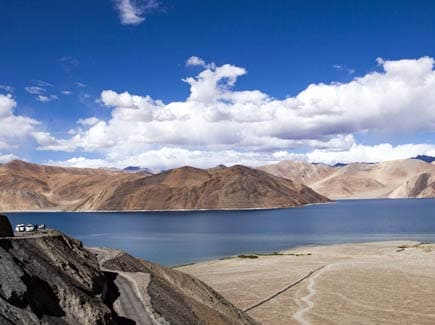
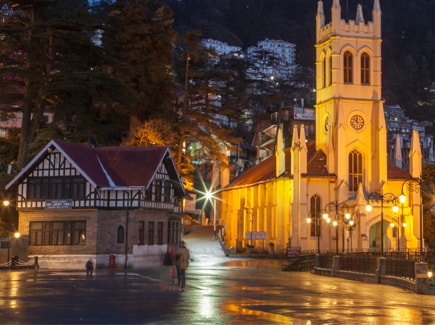
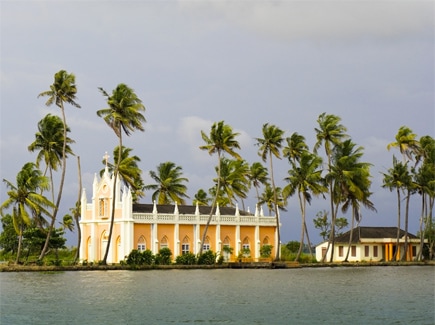

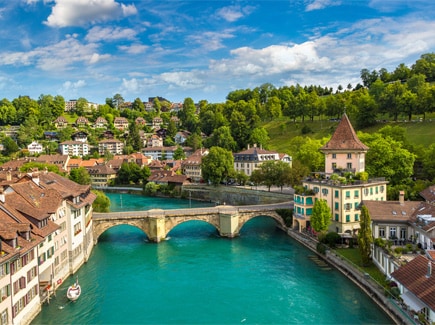
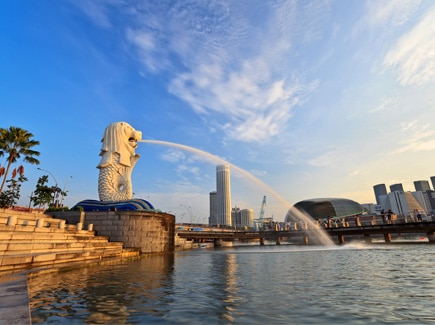
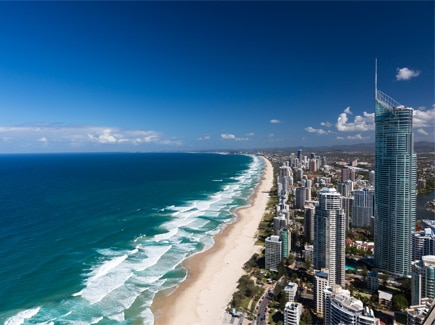

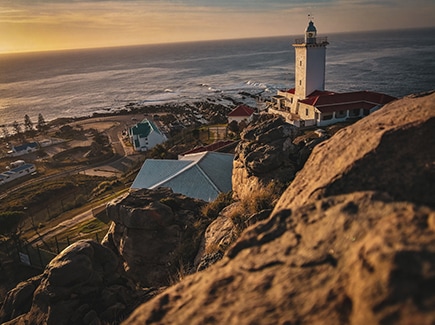












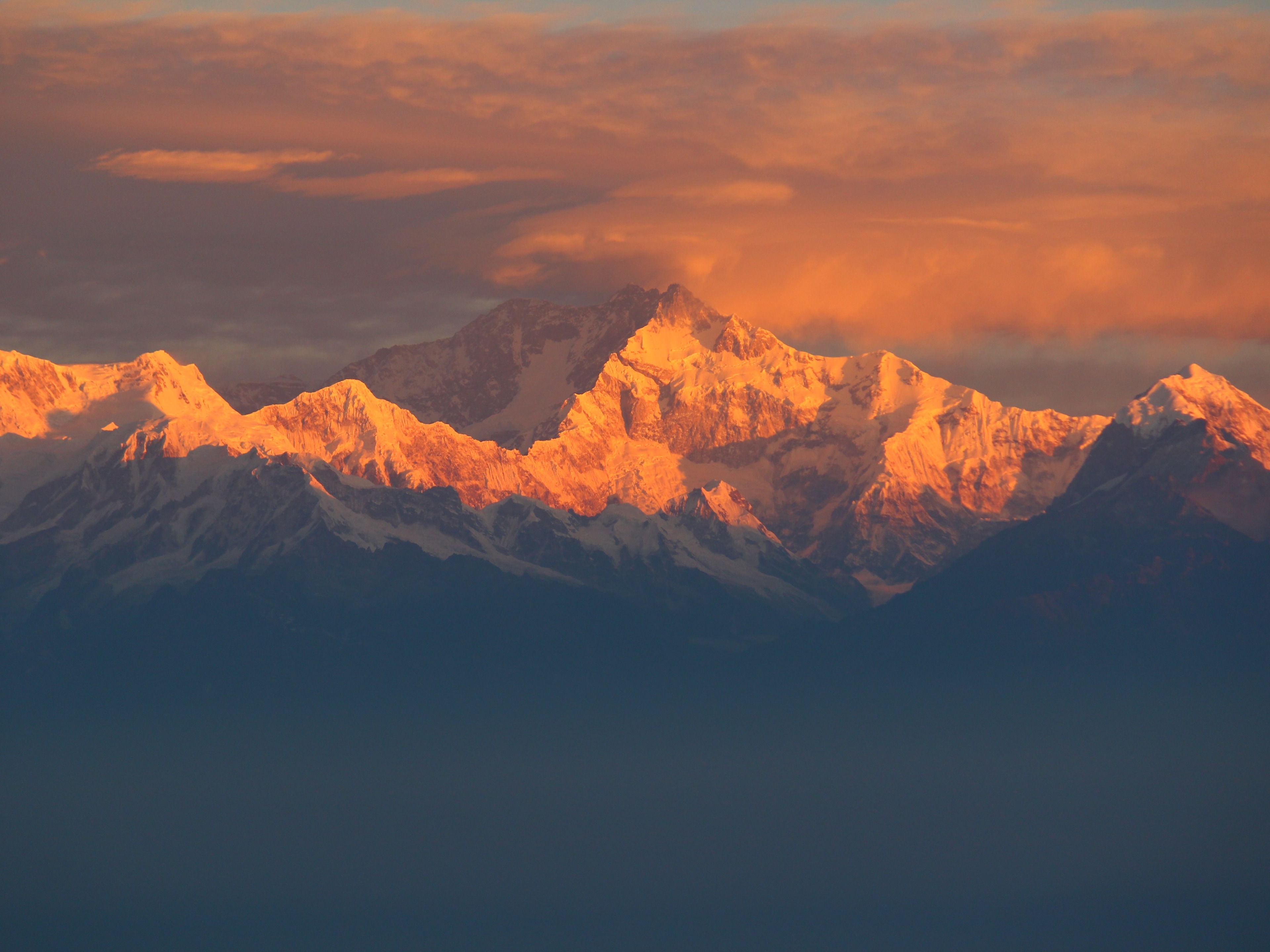













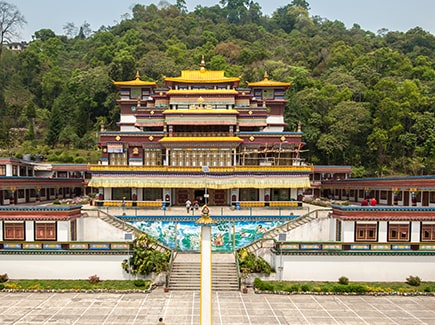

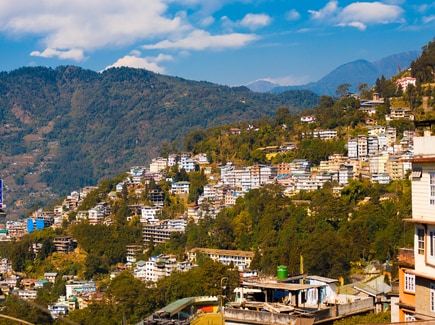



















Post your Comment
Please let us know your thoughts on this story by leaving a comment.